You may have heard the word “Interchange” before, but what does it mean and how does it affect my business?
Interchange refers to the costs of each credit card transaction. There are many entities involved whenever you process a credit card transaction. First, there is the acquiring bank. Secondly, there is the card-issuing bank. The card-issuing bank represents the card holder’s bank, and is the bank who physically issued the credit card to the customer who is paying you. The final entities are the credit card networks, such as Visa, MasterCard, and Discover. They are responsible for setting the rates at which these transactions process.
For every credit/debit card that exists, there is a pre-set associated rate that the merchant service provider pays to the issuing bank. This rate is known as the Interchange rate. The card associations update their Interchange rates twice a year with minor adjustments. There are literally hundreds of different Interchange rates, because there are hundreds of different card types and transaction scenarios. Typically, cards that have perks, which include rewards or cash back, will have higher associated Interchange rates. This is because the card-issuing bank has additional costs to cover, such as paying for the rewards, points, cash back to the cardholder, or airline miles. These Interchange rates apply to all Merchant Service Providers, from the largest providers to the smallest. We all have the same Interchange costs.
The Interchange rate will always have two components: a percentage fee of the volume of the sale, and a per-transaction fee. Typically, the Interchange rate will be written like this: 1.79% + $0.12
In addition to the Interchange fees that the merchant service provider must pay to the issuing bank, there are fees that are charged by Visa, MasterCard, and Discover. There are several different fees that they asses and are based on many factors. These factors include the amount of volume you process per month, whether or not your customers physically present the card to you, the types of security precautions you take, possible international surcharges, and others. Since many of these fees depend on the circumstance of each transaction, they’re impossible to predict with 100% accuracy. However, the basic fees that the card associations charge are roughly 0.11% of volume, and $0.02 per transaction. Just like the rates that merchant service providers must pay to card-issuing banks, these fees are paid by all providers. It’s what allows smaller providers like Maverick to compete with the larger banks.
Can I see the interchange rates?
Yes! The tables are complex, but the important thing to remember when viewing these tables is that every provider is subject to these rates and fees. No matter how big or small, if you want to accept Visa, MasterCard, and Discover, you’ll need to abide by these rates:
Where do I fit in as a business owner?
When you accept a transaction from a customer, your merchant service provider is required to immediately pay all of the above fees to the card-issuing bank and Visa, MasterCard, and Discover! In addition, your merchant service provider needs to give you the funds for the transaction right away. This requires a lot of work in the background and each processor utilizes a back-end to make this seamless. Your merchant service provider funds your bank account for any processed transactions, even though your customer hasn’t actually paid their credit card bill. Managing your merchant account carries operational costs, and so there is an additional fee paid to the merchant service provider above Interchange. This additional cost reflects payment for managing risk, depositing funds, providing technical support, and maintaining the account within federal and state regulations.
Most merchants don’t consider Interchange rates when they accept credit cards – but the reality is that Interchange and card association rates typically represent at least 80% of the monthly service costs. That means that a proper knowledge of Interchange rates can help you take cards the smart way, and ensure that you’re getting treated fairly by your merchant service provider. That’s where interchange-plus pricing comes into play, which is essentially a cost + program. Optimus offers interchange (cost) plus pricing programs to all merchants in the low-risk and retail sector as this is the most transparent pricing and we feel it allows business owners to have a very good understanding of their fees.
